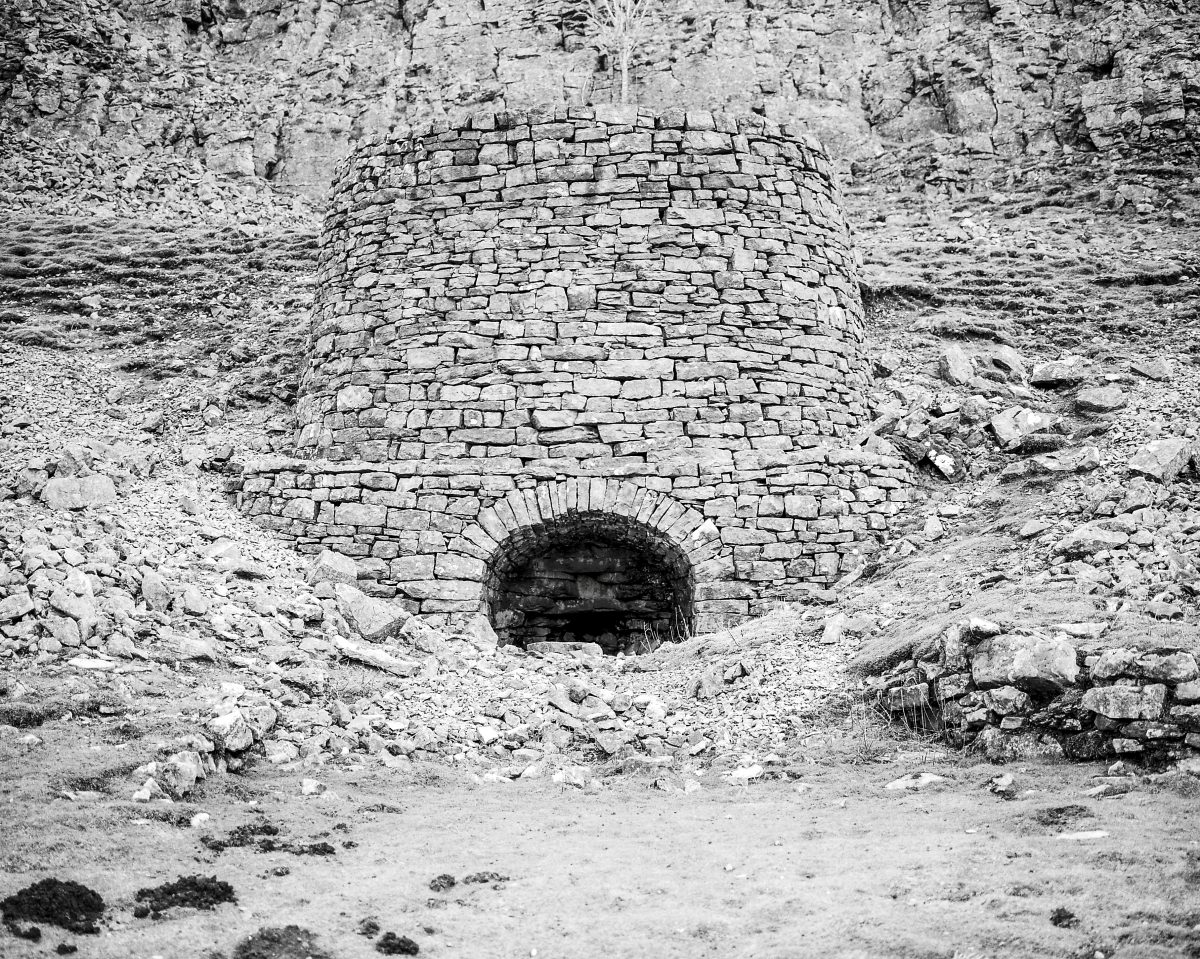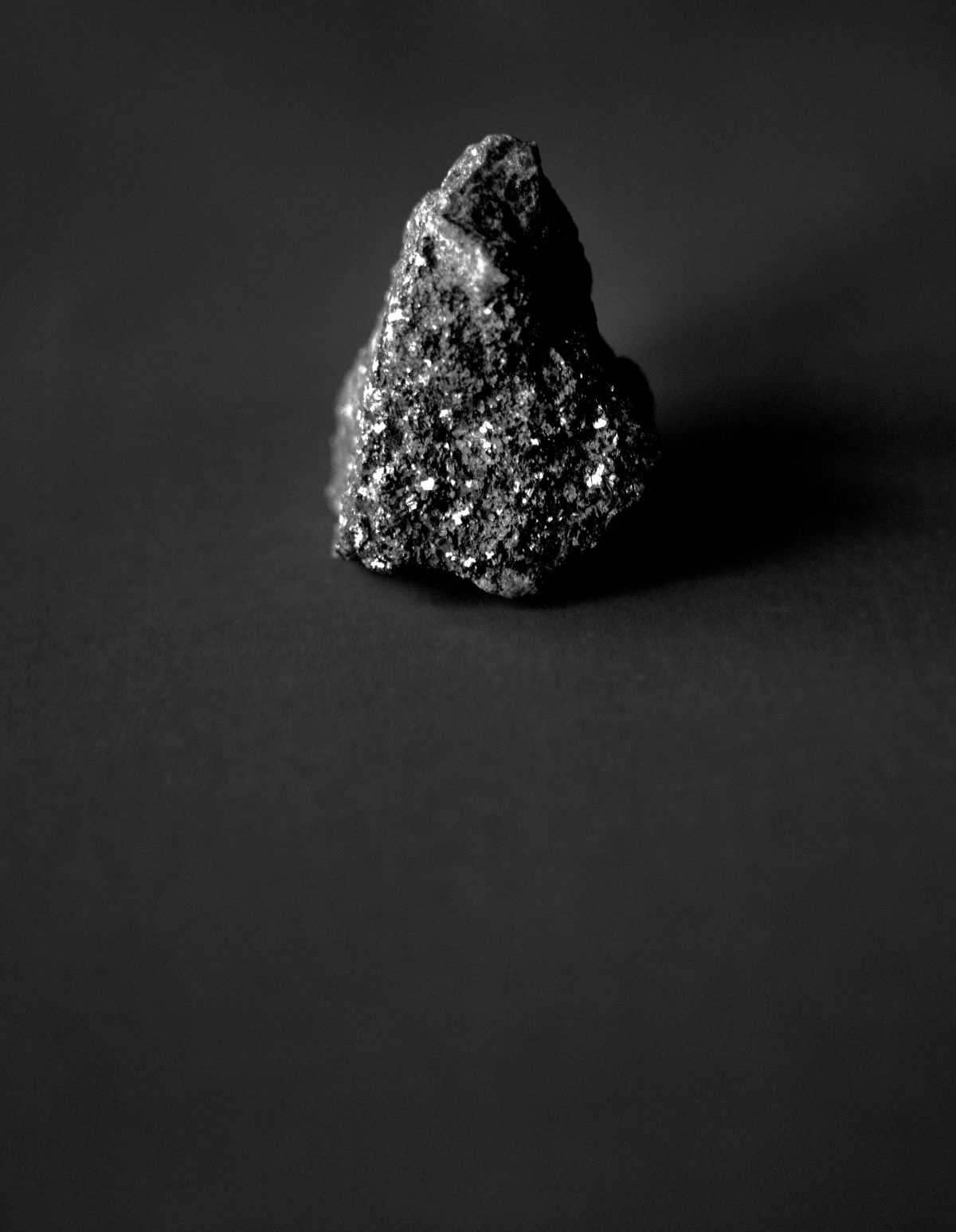A learning resource exploring community, class, and rurality through the work of Joanne Coates.
Part of Jerwood/Photoworks Awards 4
Introduction
This learning resource has been written by Joanne Coates to accompany her new body of work, The Lie of the Land.
For this commission, Coates collaborated with twelve women who identify as working class, living and working in rural or agricultural settings and developed a series of portraits, landscapes, still images and soundscapes that enable them to reflect on their lived experiences.
Coates works at the intersection of socially engaged practice and traditional British documentary photography.
“Hi I’m Jo, a photographer and storyteller. I am interested in hidden histories of the land, political and socio economic issues, identity and collaboration.
Over ten months I worked with a group of women who identify as having low income and live in a rural area. Their stories – stories of women past and present in this part of (Northern) England are seldom told. I met them several times, using walking and talking as a way to connect. The resulting portraits are a collaboration between myself and each of the women involved that resulted from doing activities together before making photographs. Activities included writing diaries, guided conversation, recording audio, and photographing each other.
I live in the area where this work takes place, in the countryside on the border between County Durham and North Yorkshire. It was important to me that someone from a working class background tells their own story. The photographs move from colour to black and white as we weave from time and place, traversing the land and meeting those women whose stories usually remain hidden. My personal relationships with both the people and the land inform how the work was made.”
Themes
The Lie of the Land addresses the erasure of contemporary working-class histories and culture in the countryside. Themes explored include community and identity, landscape and nature, sense of place, social study and class consciousness.
I. Explore the narrative
The way we are photographed and depicted often portrays our place within society. Working class people’s lives have been consumed and of interest to middle and upper class audiences since at least the 19th century. Photography has often told negative stories about low income people, but it can also work against that narrative and be used to create a new vision and tell a different story.
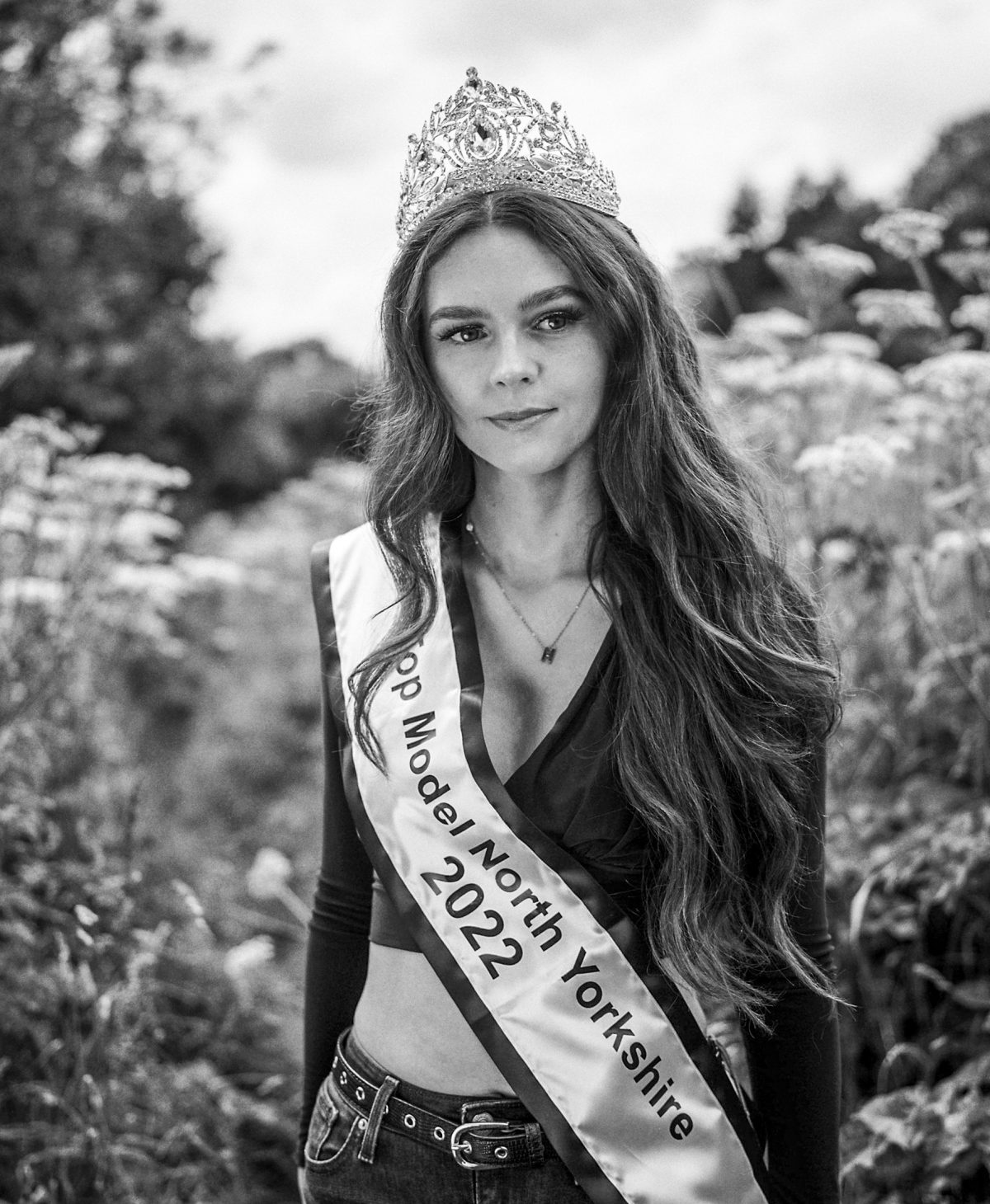
Investigate
Spend some time with The Lie of the Land. Ask students to each choose one image that is a portrait. In sketchbooks, quickly transcribe (draw) the image, then answer the following questions:
- Who is this image of?
- Are there any clues about their identity?
- How do you think the person is feeling? How can you tell?
- Do you think the photographer was a friend, or a stranger? Why?
- Using three words, describe how you feel about the person in the image.
- Why do you think they were photographed in this way?
- Take a look at the rest of the image. Describe any clues (objects, landscapes) that tell you more about the people photographed?
Discuss
Together as a group, sit in a circle. The Lie of the Land looks at working class issues. For me as an artist that is something I stand for.
- What do you stand for? Take it in turns to stand and list one thing you care about. Start each statement with “I care about….” It could be the environment, it could be something you like studying, it could be sports, it can be anything. The other students should raise a hand if they care about the same thing. Choose one thing you really care about.
- Have a 5 minute chat as a group about how it felt when people cared about the same things as you. How did it feel when no one did? Were there any statements where everybody put up their hand?
- At the end all stand up, still in your circle. Make a group agreement on one topic that is important to you all and that you care about as a community. Discuss why this is important to you. Together, shout “I CARE ABOUT ….”
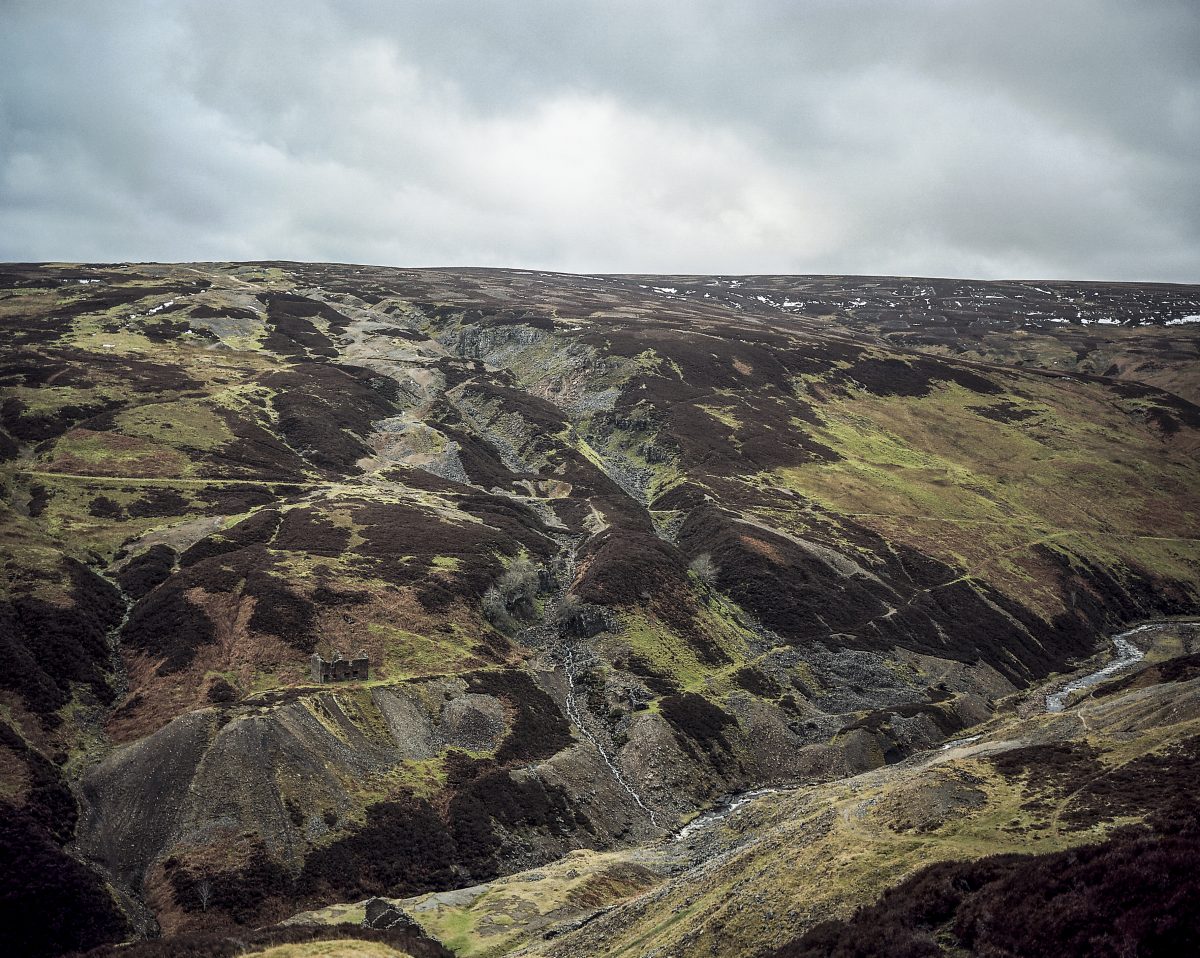
II. Collaborative Representation
How do people see you? How do you see yourself? This is called representation. These activities explore collaborative photographic representations. Find someone to work with, this person will be your collaborator*.
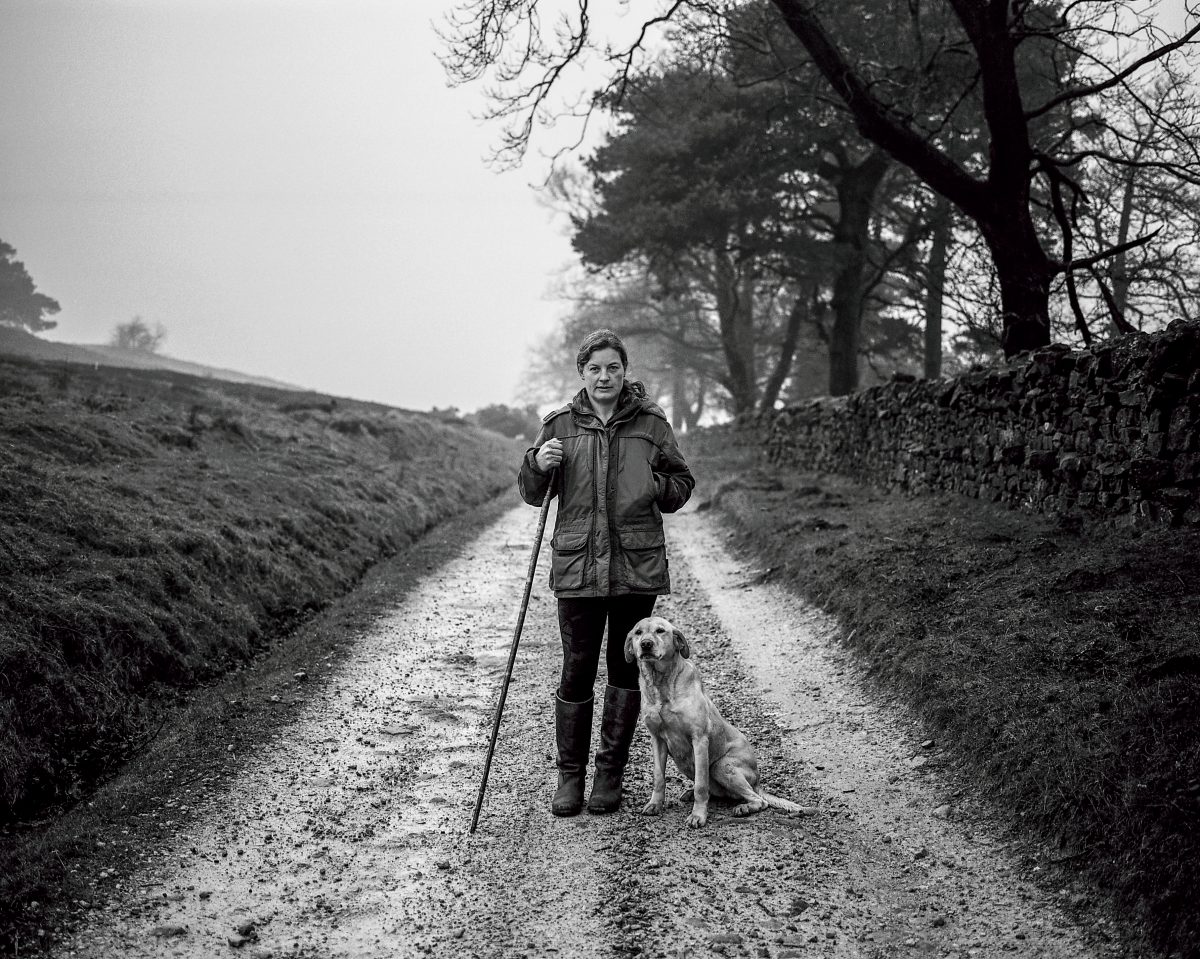
Make
- Begin by taking it in turns to photograph each other. Each person makes a photo of the other that shows who they think they are and how they see them.
- Next, each person directs the other to make a photograph of them choosing how they want to be photographed. Think about what message you want people to think when they see the photo. Tell your collaborator what to do, and pose yourself as you want.
- Review the work, how different are the two images? Did students feel it was a collaborative experience, or did one person always have control?
*If collaborators are under 18 you will need parental consent to make photographs of them.
Think
I like to collaborate with the people I photograph, I like to talk about issues together and try to meet in the middle. This informs how I make the photograph.
Using your sketchbooks make some notes:
- Why might an artist collaborate with people?
- Do you think an artist should collaborate with people?
- What are ways you would choose to work with other people?
- Would you like to be a collaborative artist, or not? Why?
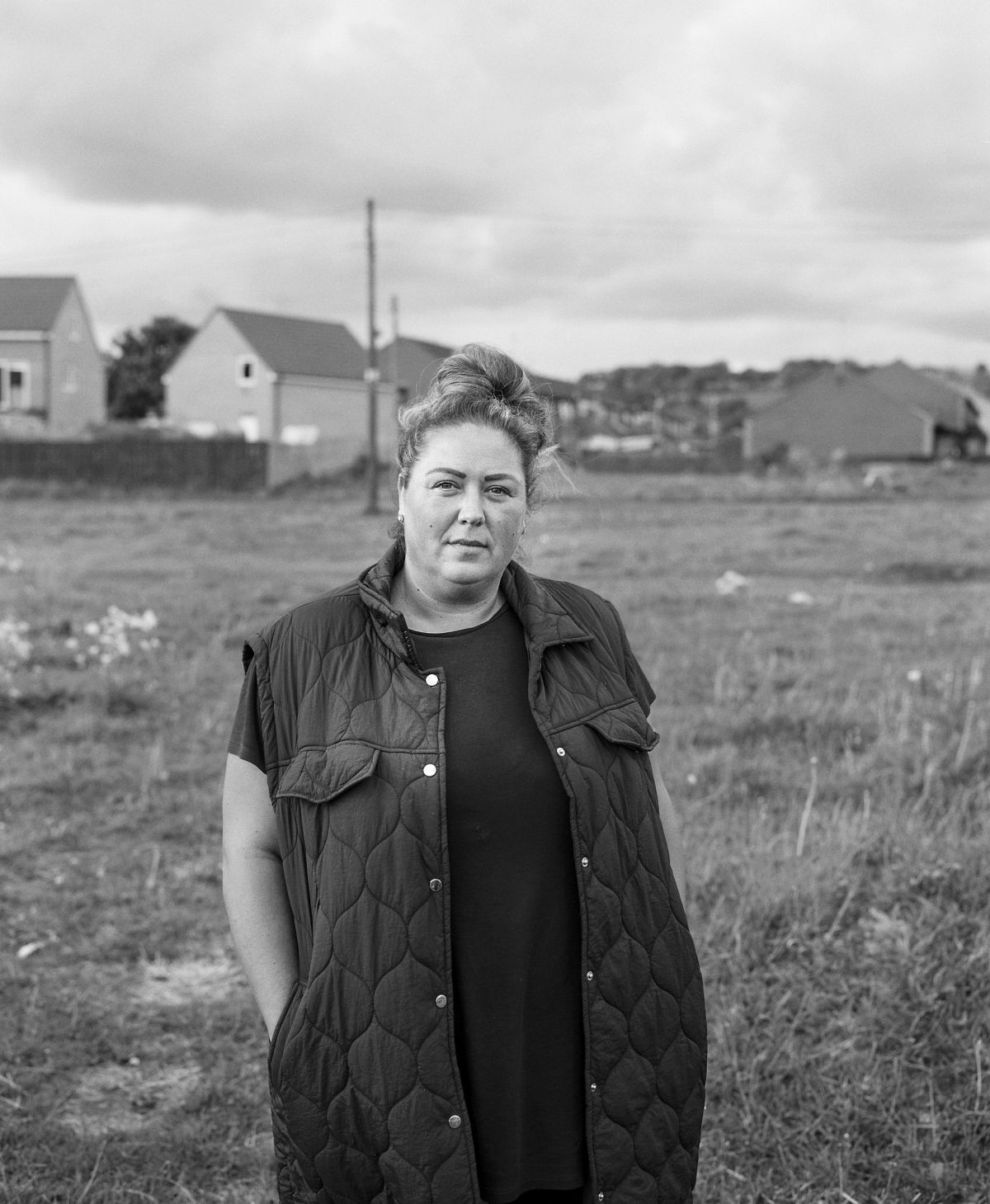
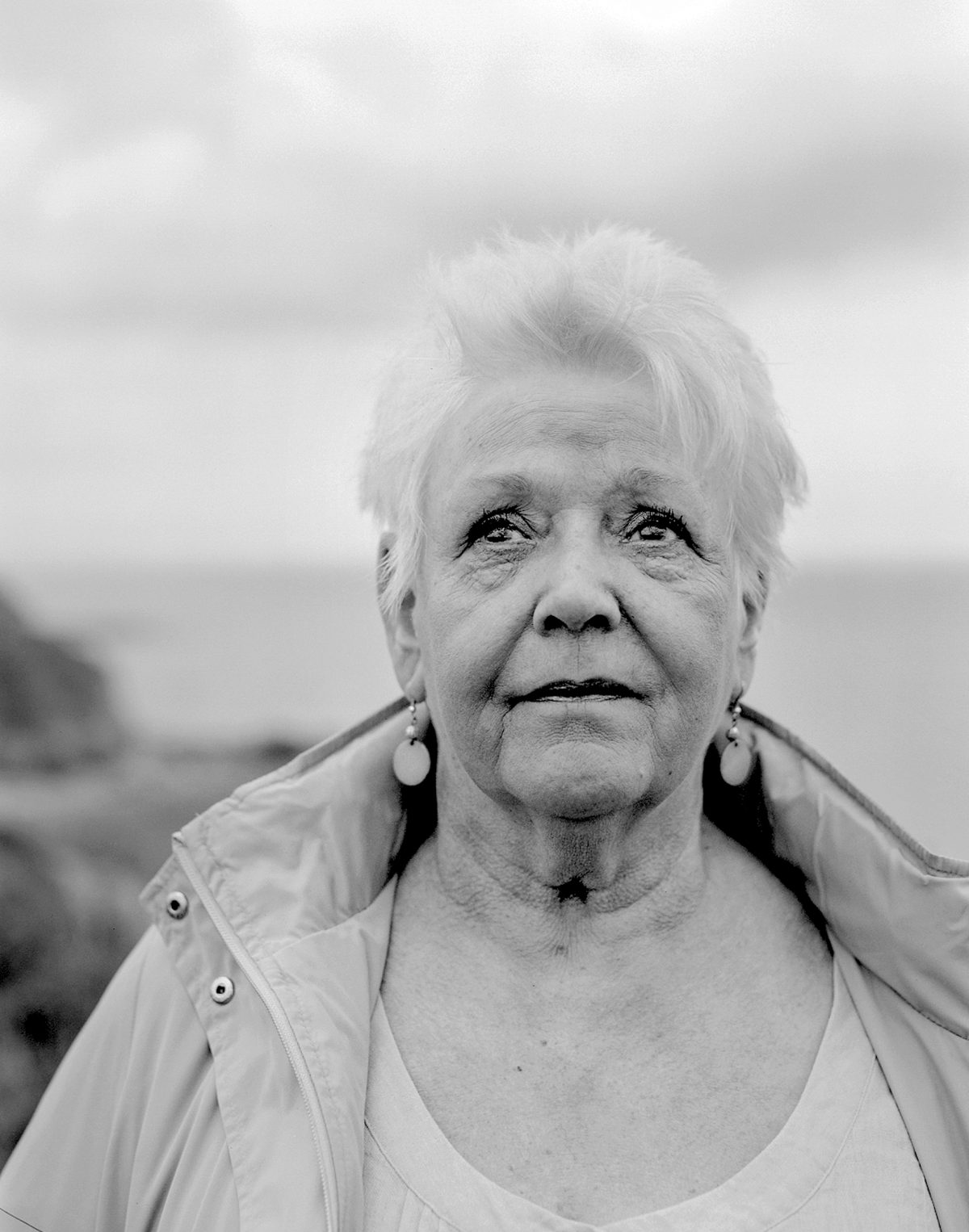
Make
I have put together a playlist of songs to help you to create a new portrait. Choose one song from my playlist and discuss the following:
How does this song make you feel?
What do the words say?
Is it a happy song, or is it a sad song?
What does this have to do with the photographs in The Lie of the Land?
Using your song and the questions above as a starting point, create a portrait inspired by the song. Pick a background that fits the music. Together, act out the song’s character. Choose how the person would act. How are they feeling? What are they doing?
Review and discuss the portraits made by each pair of collaborators.
III. Representing Rurality
The Lie of the Land is set in one of the most rural areas of the UK. I am an artist that lives and grew up in the countryside. Rural life has informed who I am and shaped my identity. The photographs in this body of work look at, and actively avoid rural stereotypes.
Discuss
Spend some time with my work, use the following questions to help you look more closely. Make notes in your sketchbook.
- Does it look like the countryside?
- What do you imagine when you think about the countryside?
- Who would live there?
- What type of clothes do they wear?
- What type of houses do they live in?
- Where do they work?
- Have you made any assumptions about rural life when answering these questions? Do the photographs in The Lie of the Land show what or who you expect when you answer the questions above?
As a group, talk about what you think of the countryside. Explain your answers.
- Have you spent much time in the countryside?
- Would you want to live there?
- Do you feel safe in the countryside?
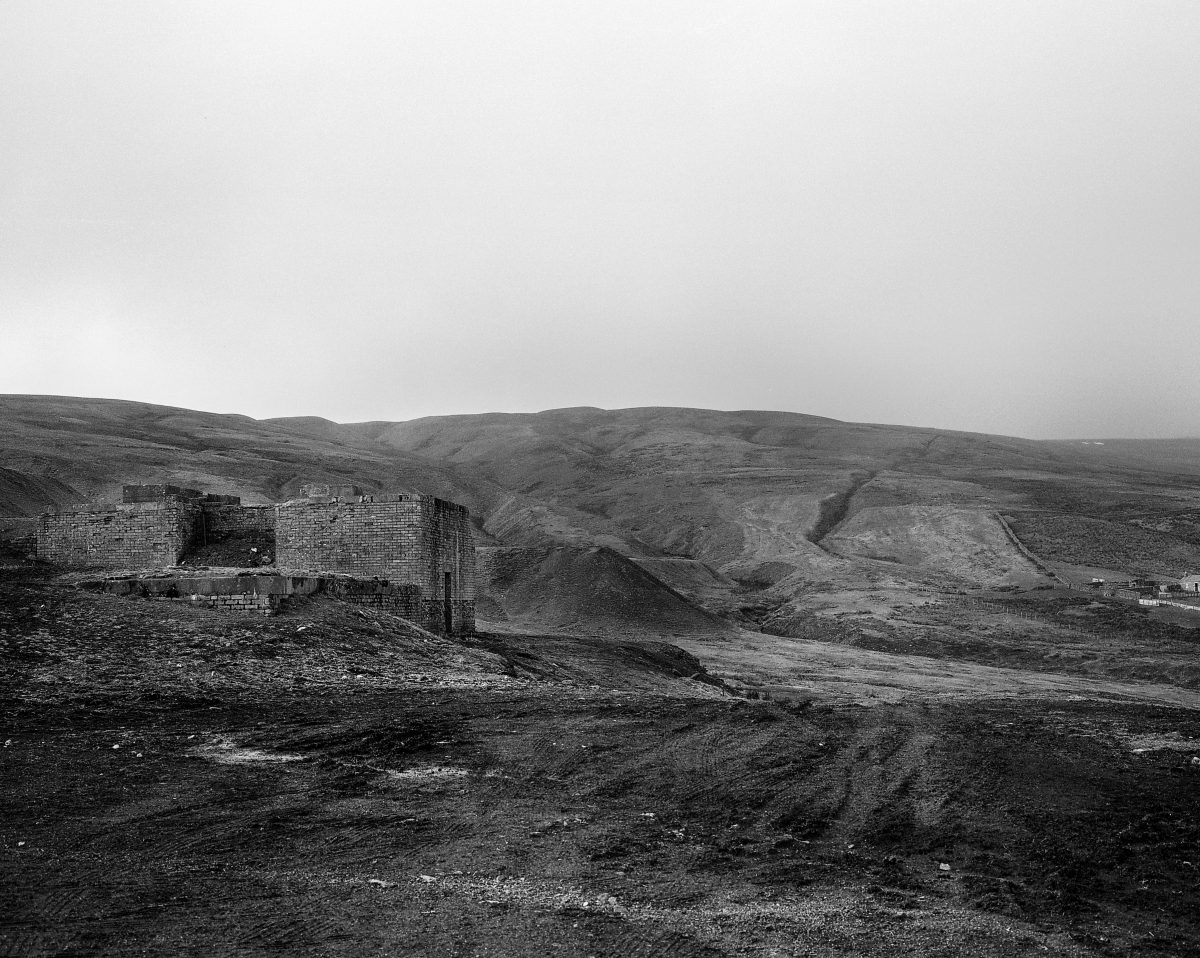
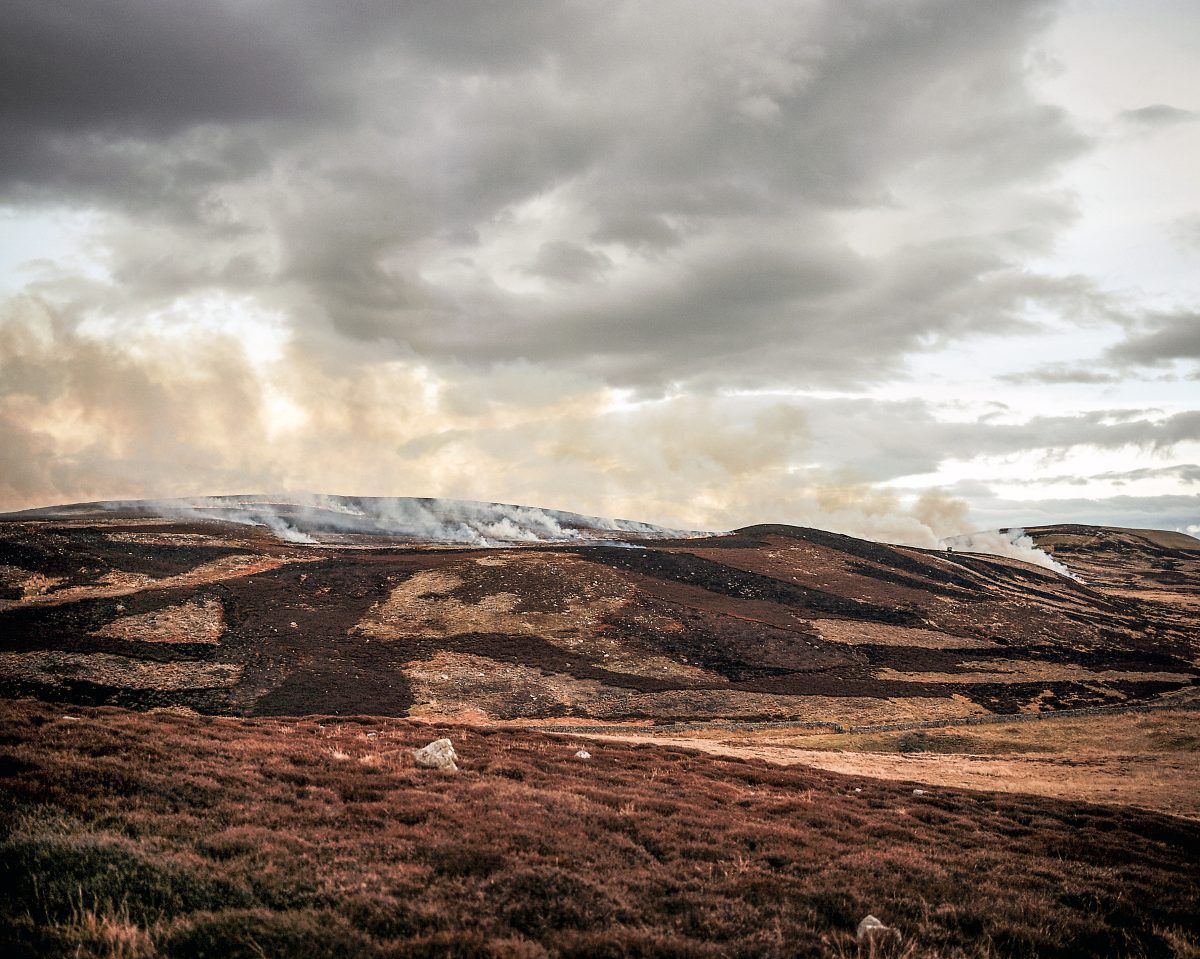
Make
Using magazines, and newspapers, collect images and words that match your vision of the countryside. You can draw, stick and cut out.
Using all of these techniques, make a collage that represents your idea of the countryside.
Think about the questions the group have talked and written about. Share your visions as a group. Do they look similar? Are they different? What themes seem to emerge?
Some Keywords Explained
Rurality – often refers to a rural character, place, scene or matter. The word is often used to show traits or qualities of being rural.
Rural – of the countryside rather than the town. The Classification defines areas as rural if they fall outside of settlements with more than 10,000 resident population.
Low income – a household is in low income if they live on less than 60% of the UK’s median income. A low-income household (combined gross annual earnings of £26k, including a full-time earner on £10/hour and a part time earner on the National Living Wage*).
Collaboration – the act of working together with other people or organisations to create or achieve something
Class – the social structure of the United Kingdom has historically been highly influenced by the concept of social class, which continues to affect British society today. There are three main classes; Upper Class, Middle Class and working class. Class defines identity in the UK.
socio economic – the differences between groups of people caused mainly by their financial situation.
Class consciousness – aware of belonging to a particular social rank or grade, esp in being hostile or proud because of class distinctions.
Portrait – a portrait is a representation of a particular person. A self-portrait is a portrait of the artist by the artist.
Stereotypes – to have a set idea about what a particular type of person is like, especially an idea that is wrong.
*Figures correct August 2022.
Suggested artists
- Tish Murtha
- Helen Cammock
- Chris Killip
- Mark Neville
About the Contributor
Joanne Coates is a working-class photographer. Born and based in North Yorkshire, she works across the North of England. Joanne explores rurality, social histories of class, and inequalities relating to low income through photography, installations, and audio. She was first educated in working-class communities, then at The Sir John Cass School of Fine art (FdA Fine Art) and The London College of Communication (BA Hons Photography). Joanne’s practice revolves around process, participation, and working with communities. She is interested in questioning stories around power, identity, wealth, and poverty.
